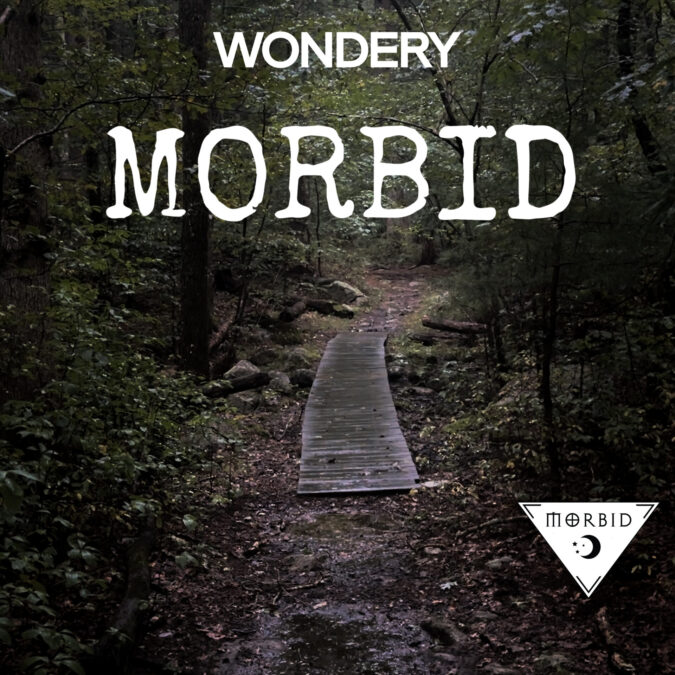When Priscilla Davis filed for divorce from her husband, Cullen Davis, in 1974, she had no idea that her actions would have such tragic consequences. Less than two years later, on the same day the divorce was finalized and the terms of the alimony were settled, a man wearing a disguise broke into Priscilla’s home and killed her twelve-year-old daughter, then waited for Priscilla to return. When she arrived a short time later, the intruder said hello to Priscilla and her new boyfriend before shooting them both, wounding Priscilla and killing her companion.
Cullen Davis was immediately suspected of the murders and taken into custody, leading to one of the most sensational and captivating trials the country had ever seen. The wealthiest man to ever be tried for murder in the United States up to that point, Cullen Davis was said to be the primary influence for the villainous J.R. Ewing, the main antagonist on the hit television series Dallas, and he more than lived up to the role. Davis’s wealth and status allowed him to control the narrative of the trial, which quickly became an indictment of his former wife, who, despite being the victim of a horrible crime, was vilified by the press and the defense as the real villain in the case.
Although it is nearly five decades in the past, the marriage of Priscilla and Cullen Davis, and the murder trial that followed, are emblematic of many of the issues that the American justice system (and the public) continues to struggle with today including who is and isn’t a victim, and how power and money can control the pursuit and application of justice.
Thank you to David White, of the Bring Me the Axe podcast, for research assistance
References
Brown, Greg. 2016. Texas Tragedy: The Story of Priscilla Davis: A True Story of Money, Murder and Survival. Dallas, TX: CreateSpace.
Cartwright, Gary. 1977. “Rich Man, Dead Man.” Texas Monthly, March 1.
Cochran, Mike. 1977. “Davis trial: Haynes says Farr target of shooting.” Denton Record-Chronicle, October 25: 5.
Fort Worth Star-Telegram. 1977. “DA’s narration to Davis jury detailed but brief.” Fort Worth Star-Telegram, August 21: 2.
—. 1976. “Judge defends bond on Davis.” Fort Worth Star-Telegram, August 4: 1.
Guzzo, Glenn. 1977. “Davis cries tears of joy after acquittal.” Fort Worth Star-Telegram, November 18: 1.
—. 1977. “Davis’ fate now in jurors’ hands.” Fort Worth Star-Telegram, November 17: 1.
—. 1977. “Final arguments begin.” Fort Worth Star-Telegram, November 16: 1.
—. 1977. “His innocence avowed, Davis doubts provocation.” Fort Worth Star-Telegram, July 7: 1.
—. 1977. “Questioning nets no jurors.” Fort Worth Star-Telegram, March 1: 1.
Hollandsworth, Skip. 2001. “Survivor’s gilt: convinced that it was her husband who tried to kill her, the Texas socialite devoted herself to the best revenge.” New York Times Magazine, December 30.
—. 2000. “Blood Will Sell.” Texas Monthly, March 1.
McConal, Jon, and Mark Nelson. 1977. “Few surprised by Davis verdict.” Fort Worth Star-Telegram, November 18: 1.
Moore, Dick. 1976. “Slain man was liked by fans, teammates.” Fort Worth Star-Telegram, August 3: 1.
Moore, Evan. 1976. “Davis jailed without bond.” Fort Worth Star-Telegram, August 20: 1.
—. 1977. “Picture of Priscilla, Rufner not allowed as evidence by judge.” Fort Worth Star-Telegram, August 24: 1.
Stiteler, Rowland. 1976. “Blood-spattered white foyer tells story of slayings.” Fort Worth Star-Telegram , August 3: 6.
—. 1976. “Davis jailed after slayings.” Fort Worth Star-Telegram, August 3: 1.
See Privacy Policy at https://art19.com/privacy and California Privacy Notice at https://art19.com/privacy#do-not-sell-my-info.








